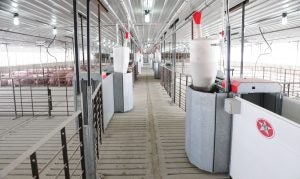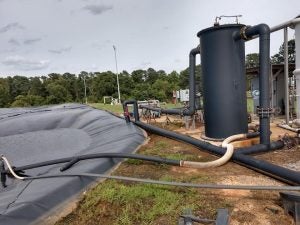Do you ever wonder how the other half lives? What does a day in the life of an animal-rights activist look like? I imagine it goes a bit like this:
Just like everyone else they probably roll out of a bed lined with cotton sheets. They probably didn’t know that the cotton seed hulls and other cotton “trash” byproducts went to feed livestock across the nation instead of to waste in a landfill, but that’s OK as it’s not exactly common knowledge.
Next, they probably brushed their teeth (or at least I hope they do) or took a shower. I bet they didn’t know that the glycerin in their toothpaste could have come from animal-fat sources, a byproduct of eating meat, or the biotin, keratin, or gelatin in their shampoo/conditioner was likely sourced from animals as well. Again, we’ll give them the benefit of the doubt.
If they happen to wear makeup, we certainly won’t tell them that a large portion of brands utilize animal byproducts in their make-up products (even their nail polish). Even products that say “not tested on animals” likely were at some point in decades past. I bet they head to the kitchen for breakfast next?
If the activist drinks a coffee in the morning, they probably rarely think about the environmental damage it does to ship over 3.5 billion pounds of coffee to the U.S. every year to feed our habit, or the water consumption of the almond milk (or maybe oat milk?) they pour into their cup. I know, they’re quick to point out ideas about animal agriculture, but hey, it’s hard to take a good hard look at your own life. If they didn’t make coffee at home, they may head to their favorite coffee chain instead. They’ll drive in their car, with tires full of stearic acid, sourced directly from animal harvesting industries, on roadways that incorporate animal byproducts as well. If they happen to drink from Starbucks, we won’t let them they’re supporting a business that purchases tens of millions gallons of milk each year.

Next, they probably head to work in an office where they are blessed with well-greased doors and elevators (also likely containing animal byproducts), and climate controlled buildings with heating and air conditioning. Yet those same animal activists complain when we put livestock — like chickens, pigs, and dairy cows — in comfortable heated or air-conditioned facilities. We like climate controlled environments, and so do they!
After work, they go home to their apartment where textiles like carpeting, rugs, home insulation, and more likely also came from animal agriculture like sheep’s wool. And the power, electricity and fuel? Can also come from farms that contain methane digesters.

Let’s not forget the paint on the walls — you guessed it: Thank you, livestock!
Of course, none of the meals this activist eats would contain animal products (although some might if they aren’t extra careful about what they purchase in the store). But do they know that livestock manure likely fertilized their food and that “slaved and exploited” (their adjectives, not mine) bees were forced to pollinate their food? Also, if they go out for a beer there is a good chance that animal byproducts were used in the process in someway or another, particularly as a coagulate to help bind yeast together at the bottom of a brewing tank, or for filtration. If their food or drink from the day contained sugar, it may have been refined utilizing animal bone char, or pre-packaged foods not specifically labeled vegan may have had some type of animal byproduct.
If they got a scape and needed a Band-Aid, that would contain animal byproducts, and even some of the medicines they might need for medical conditions contain animal products. Livestock likely save their lives, or others in their lives, through animal testing, organ transplants, gelatin in medicinal capsules … the list goes on and on. Check out this TED talk that explains the 185 uses for this pig, besides meat.
The bottom line here is that it’s pretty much impossible to live a life without benefiting from the byproducts of animal harvest.
Eating meat is not only beneficial nutritionally, but also environmentally as it more than doubles the useable land for food production in the United States, while benefitting us with thousands of various uses. There is little to no waste when it comes to the carcass of an animal, we have developed a place for every ingredient you can source, and that’s a great thing.
Our lives are enriched by animal agriculture and if you’re “advocating” for animal rights, you should probably take a long hard look at your lifestyle and the impact each thing you do every day is making on our world. Is it hypocritical? As animal rights extremists, would they reject life saving pharmaceuticals because they were tested on or derived from animals? Meanwhile, farmers, ranchers, and meat-eaters will continue to make the most of what we have and care for the land as well as the people on it.
Michelle Miller, the Farm Babe, is a farmer, public speaker and writer who has worked for years with row crops, beef cattle, and sheep. She believes education is key in bridging the gap between farmers and consumers.



